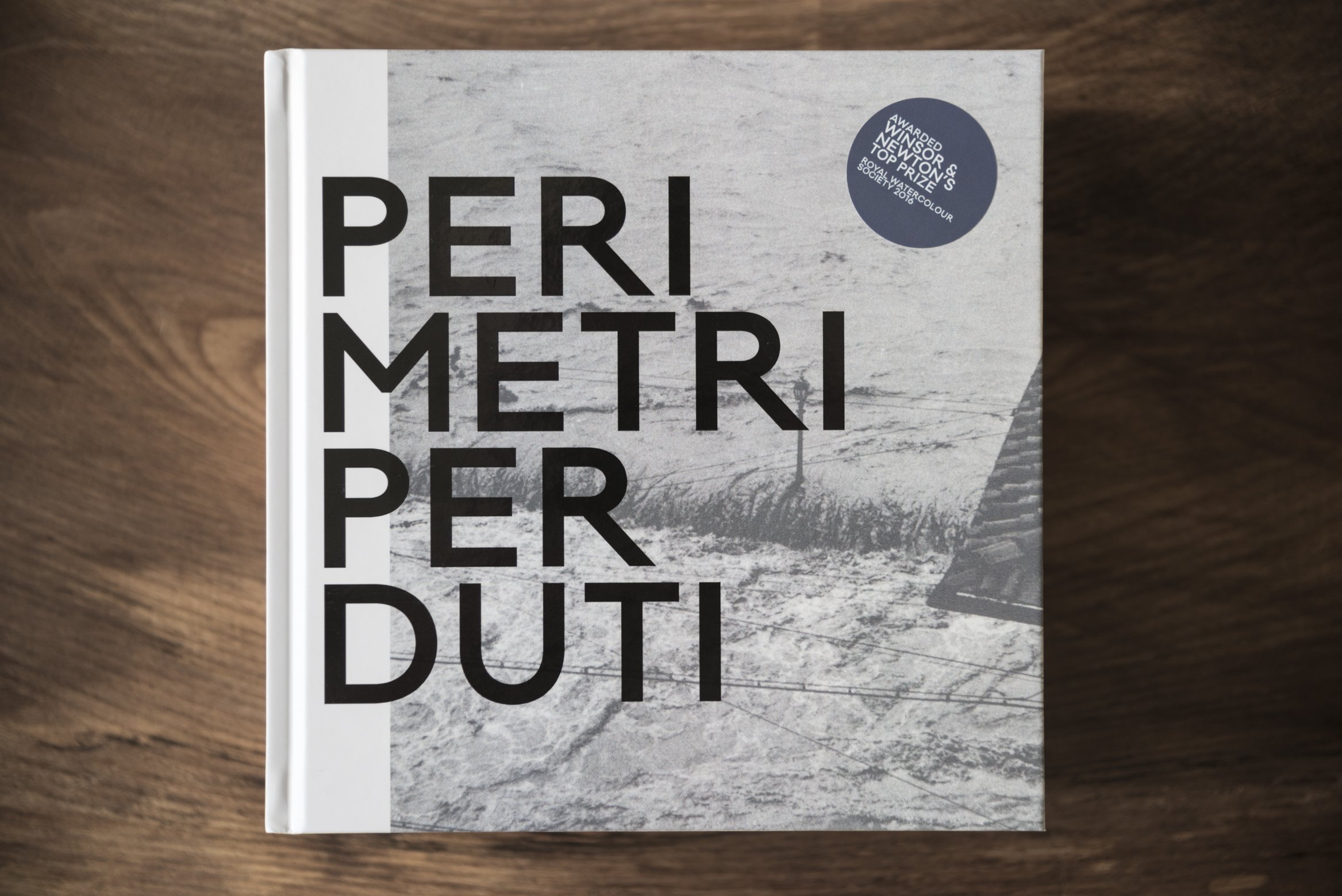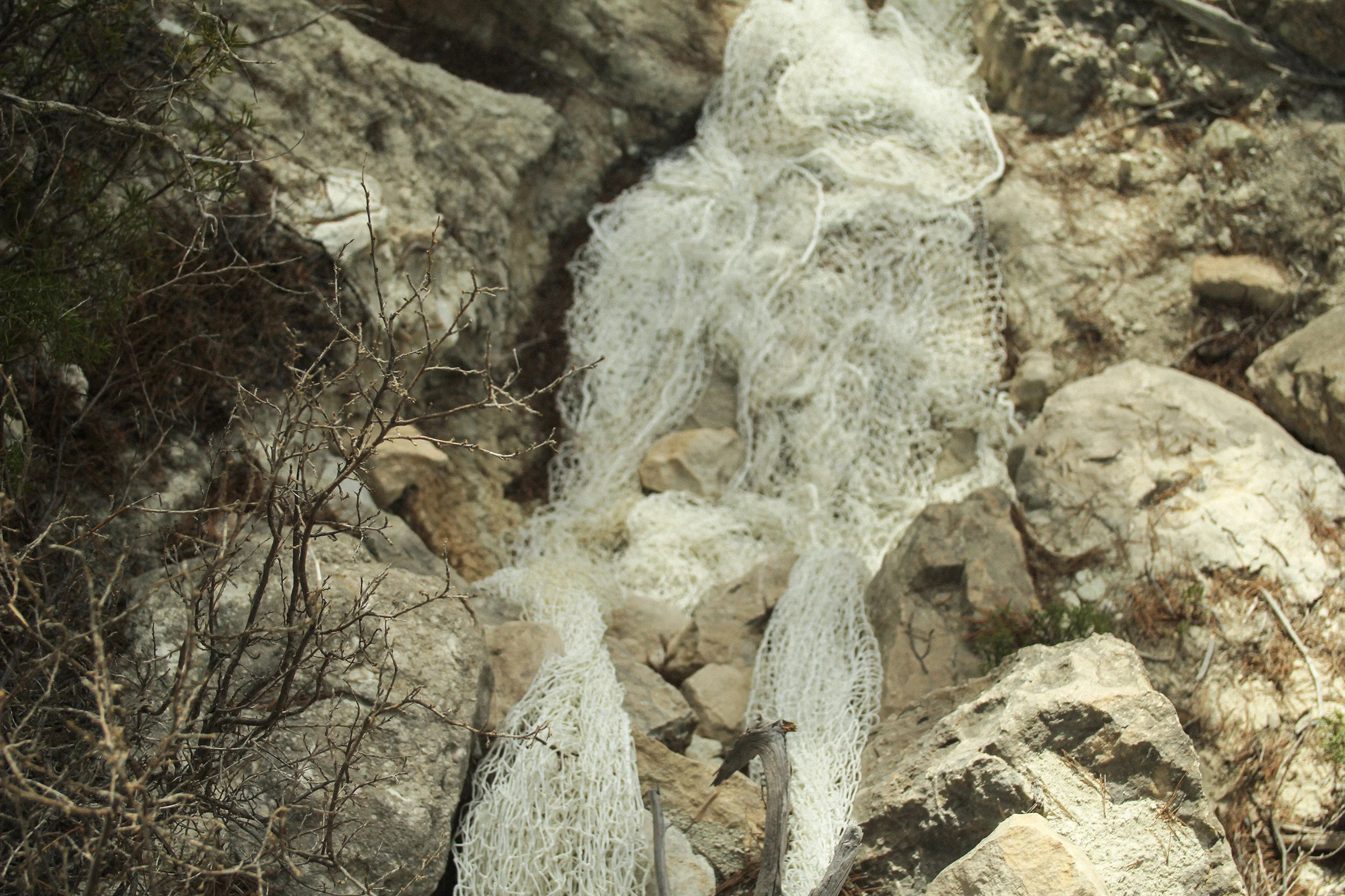Giotto’s Campanile · November 4th 1966 · Pencil on found photograph
In November 1966, Florence (Italy) experienced one of the worst floods in its history. In a single night, the birthplace of the Renaissance was reduced to a sea of mud. The legacy of the flood lives on in the city today.
We ought to read the great flood as a cautionary tale for our time of climate crisis. Our Earth’s cultural landmarks are no less susceptible to forces of nature than anywhere else.
For the first time, I’m releasing selected flood artworks online, produced between 2013 – 2016. Until now, these works have only been presented at exhibitions and within Perimetri Perduti – a book I produced on the topic of the flood.
Follow @davidcass.art on Instagram for more.
“Leonardo da Vinci, an apprentice in Verrocchio’s Florentine studio wrote, ‘L’acqua che tocchi dei fiumi e l’ultima di quella che andò e la prima di quella che viene. Così il tempo presente’. The water you touch in a river is the last of that which has passed, and the first of that which is coming. Thus it is the time present.
The Arno still runs, grey and forceful in winter rains that seem to grow more heavy with each passing year. While we can only hold our fingers in the teeming flow, forgetful of the past, eyes averted from the future. Anxious to convince ourselves the moment is all that matters, and that is ours alone.”
Piazza dei Giudici · Afternoon, November 4th 1966 · Watercolour on found A4 paper
Via della Ninna · Morning, November 4th 1966 · Watercolour on found A5 paper
After a prolonged period of intense rain during the first days of November 1966 – fifty-three years ago today – two dams burst upstream of Florence. During the early hours of 4th November an enormous weight of water was propelled at great speed towards the medieval city.
The Arno river quickly burst its banks, filling every nook and crevice. Mud, clay, oil, fuel… contaminated water spread and rose – to 22 feet in the Santa Croce area – covering almost 7000 acres. By the evening of the very same day the waters began to recede, leaving behind some 600,000 tons of mud and debris. A ton of mud for each inhabitant. Traces of the flood (oily water-marks, damaged artworks, commemorative plaques, and a tangible fear during heavy rain) still exist in the city today.
Piazza San Firenze · Afternoon, November 4th 1966 · Watercolour on found A4 paper
Florence exists not only for those that live there, holiday there & study there; but also in the collective memory & imagination. Florence is a – if not the – mecca of the art world.
People from around the world came to Florence’s aid in the aftermath of the inundation. So-called mud angels travelled on their own steam to help clean and salvage; others sent much-needed funds, tools and supplies.
Porte d'Acqua · Set of watercolours on found paper · Available works
Piazza del Duomo · Afternoon, November 4th 1966 · Watercolour on found A4 paper
Historically, Florence has suffered a major flood once a century. But as documented in the press ‘the situation has actually got worse’, according to Raffaello Nardi, who heads up a special commission responsible for safeguarding the Arno river basin. This risk prompts concern, in part, because of the importance of this city: what it means to the world of art and culture.
As climate change advances and extreme weather events grow more common, we ask what if this happens here again? This anxiety raises its head every year now in Florence. Julia Race – Director of The British Institute of Florence – comments: ‘Cass’s thoughtful and moving pieces are all the more powerful in that they are made by someone who was not yet born when the flood-waters hit Florence’.





































































































